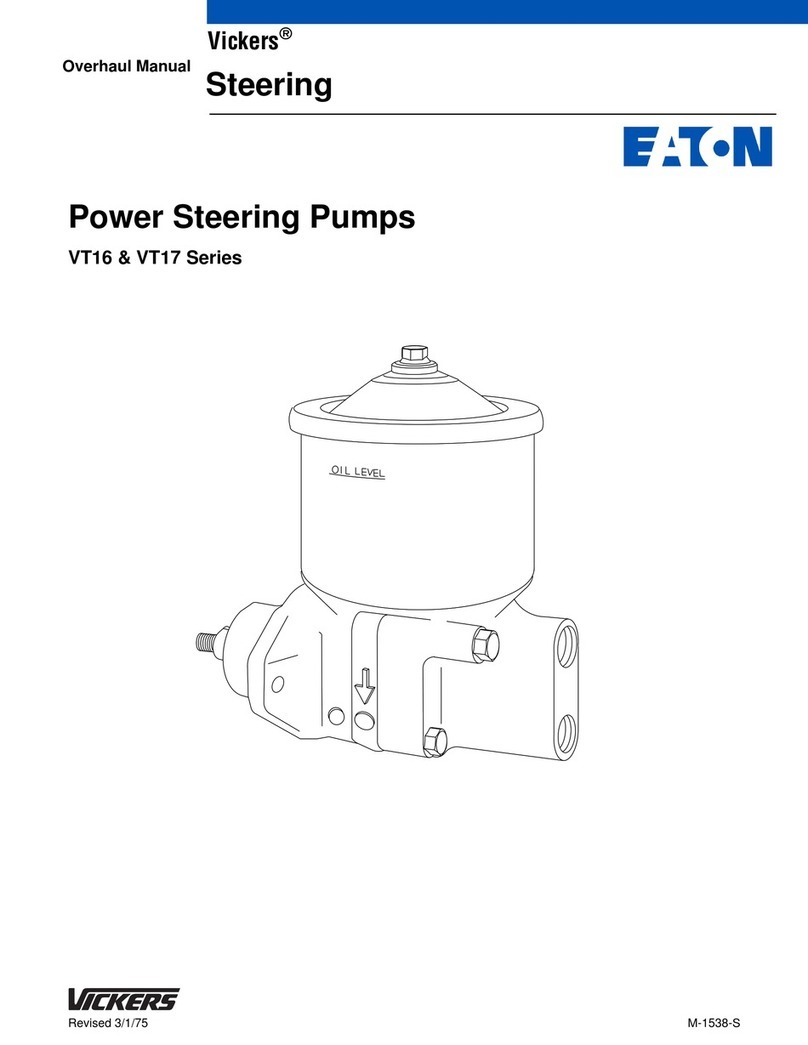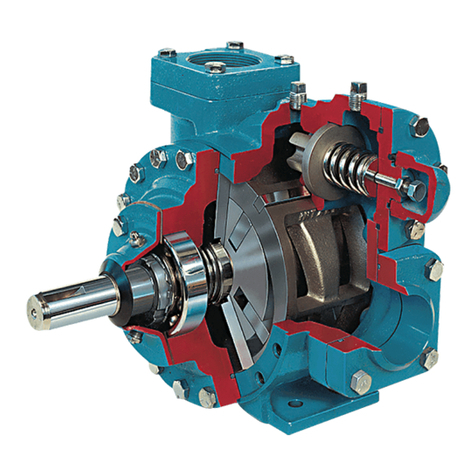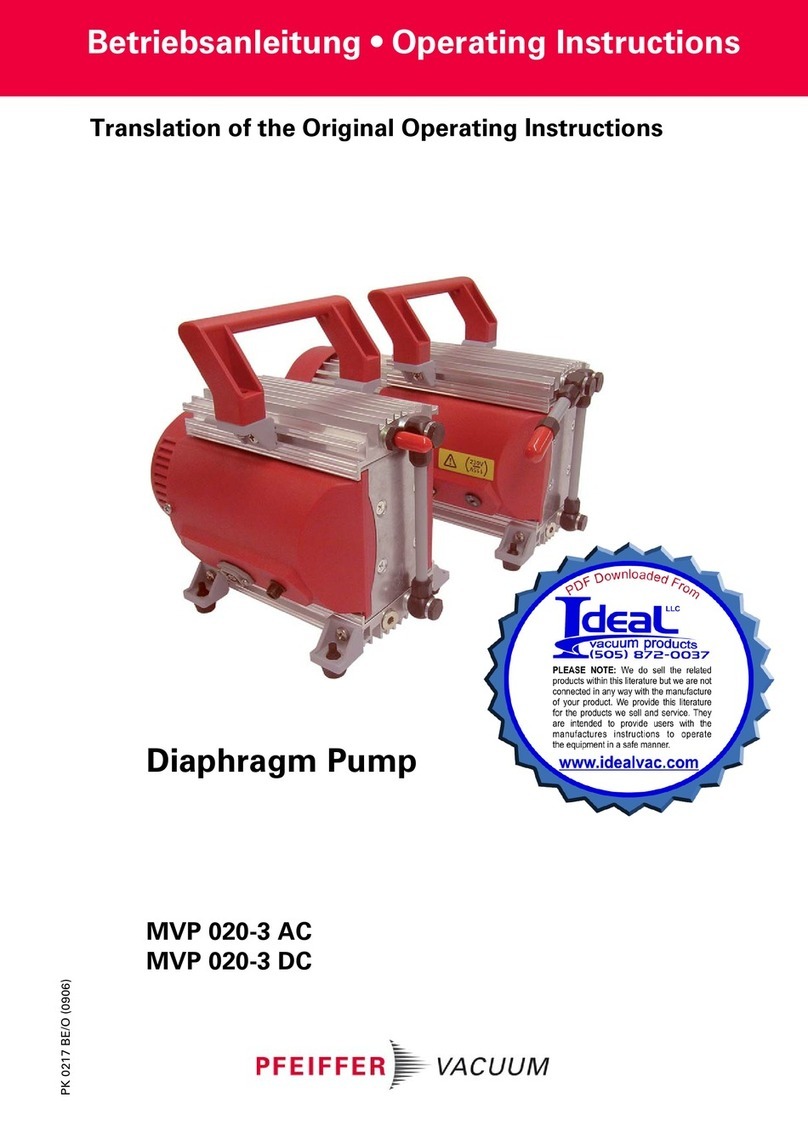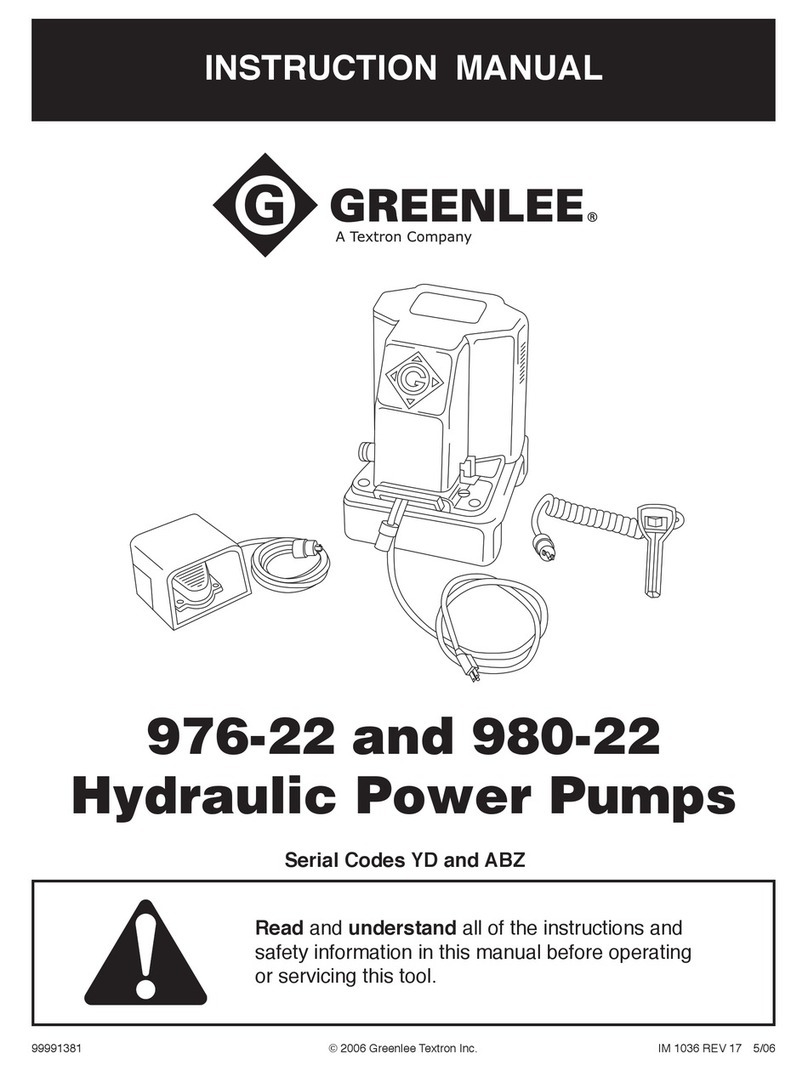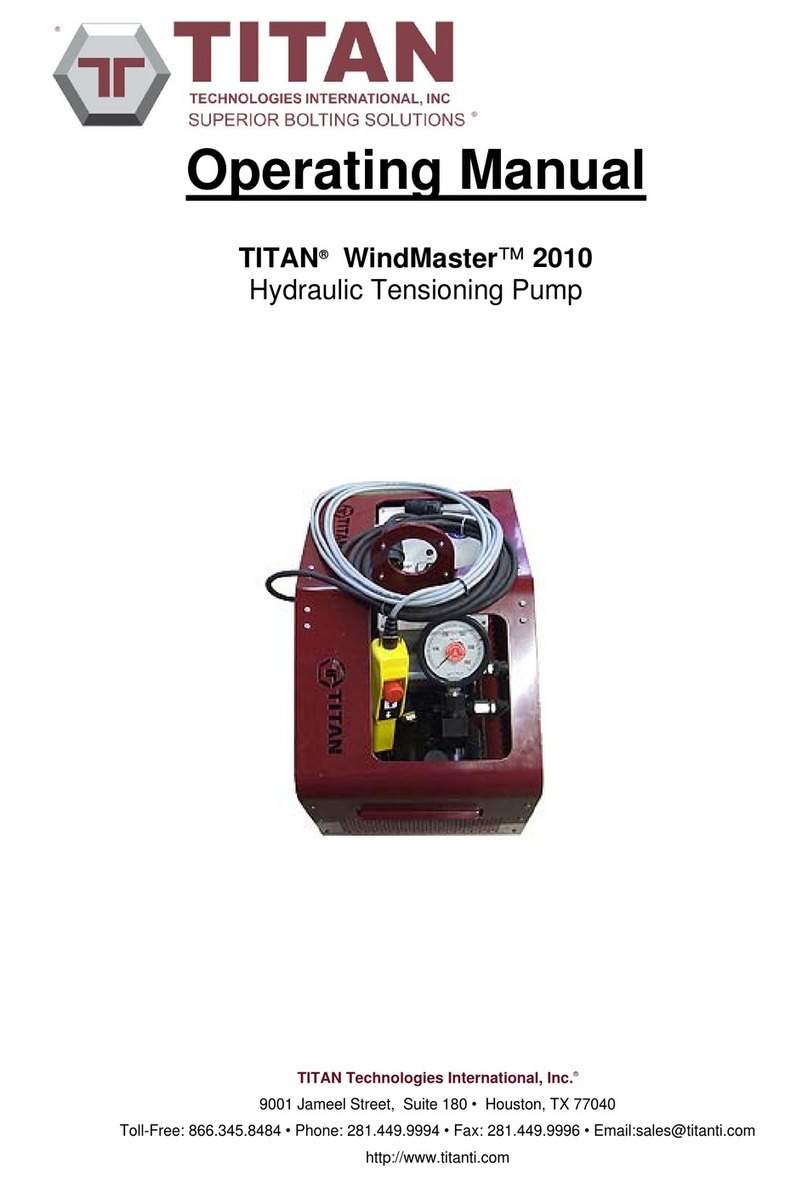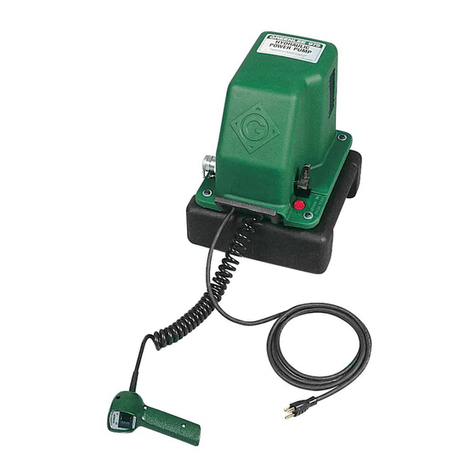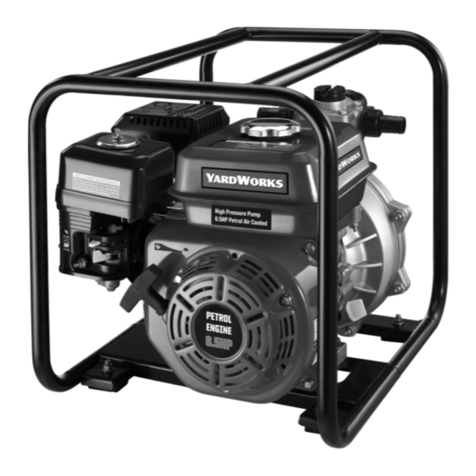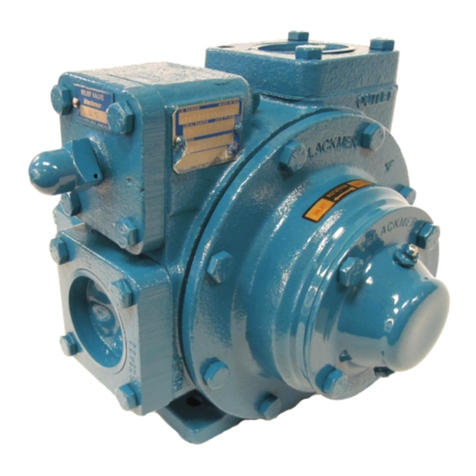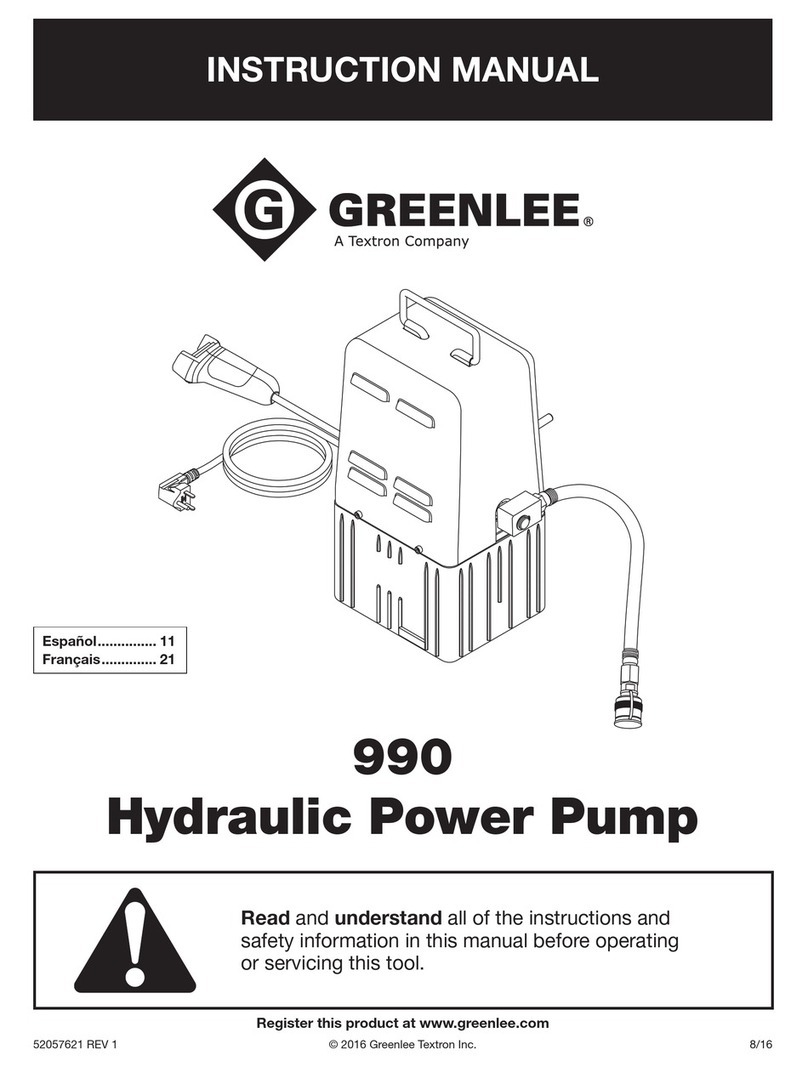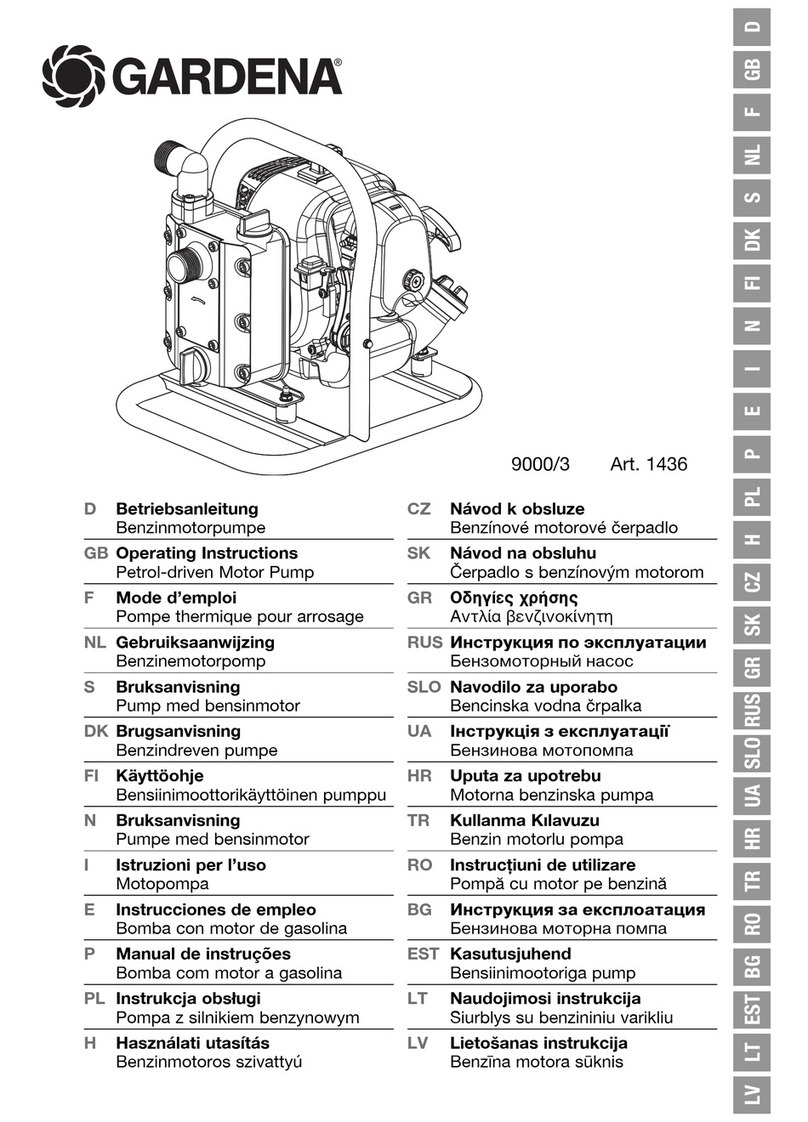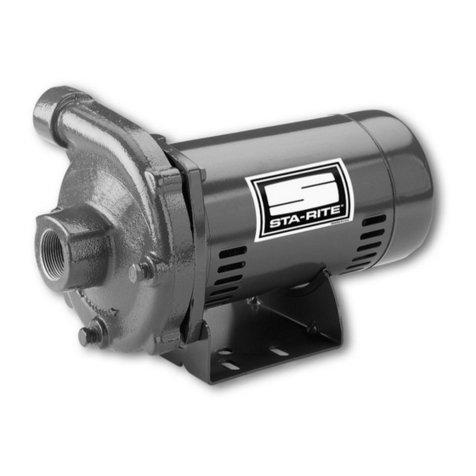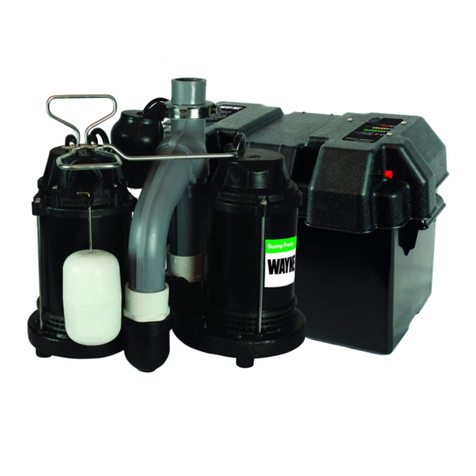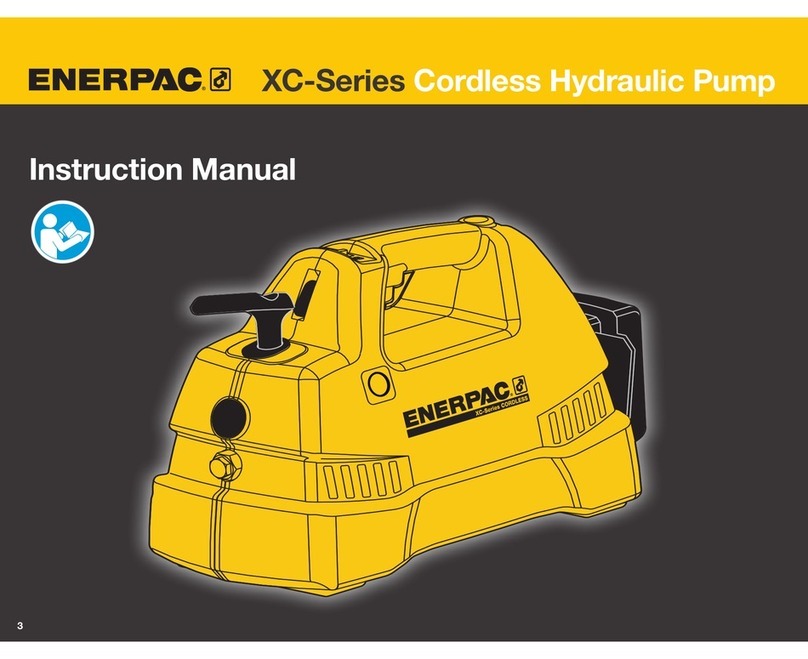
IOM/UP_METRIC Issue Date: 31/12/2007
Page 10 of 66
Last Revision: 12/06/2012
2.6.3: Storage.
2.6.3.1: Temporary storage for up to six weeks.
If the pump unit is not be used immediately it should be stored arefully in a
horizontal position, in a sheltered, dry lo ation. Additional rust preventive should be
applied to all unpainted arbon steel or ast iron parts, and should not be removed
until final installation.
2.6.3.2: Long Term Storage.
If the pump is not to be installed and operated soon after arrival, store it in a
lean, dry pla e, having slow, moderate hanges in ambient temperature. Step
should be taken to prote t the pump from moisture, dust, dirt, and foreign bodies. It
is re ommended that the following pro edure is taken:-
a) Ensure that the bearings are pa ked with the re ommended grease, to prevent
moisture from entering around the shaft.
b) Remove the glands, pa kings and lantern rings from the stuffing box if the pump
is equipped in this manner. If the pump is equipped with me hani al seal, dismantle
and oat the seal with light oil.
) Ensure that su tion and dis harge bran hes of the pump and all other openings
are overed with ardboard, wood or masking tape to prevent foreign obje ts
entering the pump.
d) If the pump is to be stored where there is no prote tive overing, it is advisable to
over the unit with a tarpaulin or other suitable overing.
e) The shaft should be manually rotated periodi ally to prevent pitting of the bearing
surfa es by moisture.
Shearing Hazard.
Do NOT pla e fingers or hands et . into the su tion or dis harge pipe outlets and do
NOT tou h the impeller, if rotated this may ause severe injury. To prevent ingress
of any obje ts, retain the prote tion overs or pa kaging in pla e until removal is

